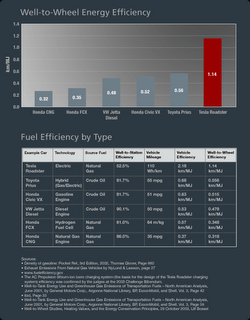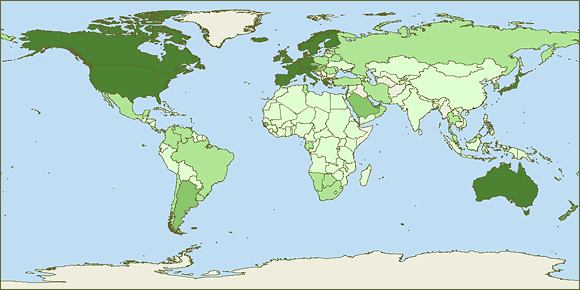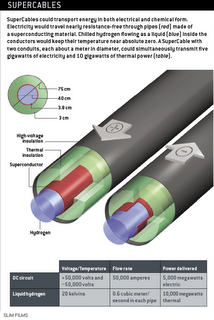 Tesla Motors, that's who. They have created a slick 2 seat speedster that is 100% electric. It goes 0-60 in 4 seconds, gets 135mpg equivalent, costs about $.01 a mile, goes 250 miles per charge and sells for the bargain basement price of just $80,000.
Tesla Motors, that's who. They have created a slick 2 seat speedster that is 100% electric. It goes 0-60 in 4 seconds, gets 135mpg equivalent, costs about $.01 a mile, goes 250 miles per charge and sells for the bargain basement price of just $80,000.
I was thinking to myself the other day, why can't a new car company be created that outsources all of the manufacturing and just focuses on R&D and sales? Then, lo and behold I read this article and find a company that is doing just that. This setup would allow for a new car companies to be spawned that could focus on niche markets using new technologies. It is similar to the electronic companies that outsource all of their manufacturing to Flextronics and just focus on a few things like R&D and sales. Instead of being a big bloated company like GM that has turned into an insurance company providing retiree and medical benefits to millions, you could be a small nimble company that just focuses on getting new cutting edge technology to the market.
 What really impresses me about this car is its efficiency.
What really impresses me about this car is its efficiency.
"If you took the energy in a gallon of gas and used it to spin a turbine, you'd get enough electricity to drive an electric car 110 miles," he says.
I hadn't realized that the internal combustion engine in a car was so much less efficient than a power plant. In the graph it shows that the "wells to wheels" efficiency of this car is twice that of the Prius and 3 times that of a fuel cell vehicle. Hydrogen powered cars are so '90s, bring on the electric battery powered cars. With an efficiency like that and performance to match a sports car, this seems like a winner.
The three issues I see with this car before major adaption are: battery power, charging time and price.
It uses lithium ion batteries like in a laptop computer. Wonder what happens when you
get in a wreck? It takes 3.5 hours to recharge when connected to a special 220-volt, 70-amp outlet. Hopefully some of the
new lithium ion batteries will help the amount of power they can hold and reduce the charging time.
The other major problem is price. I think the battery has a lot to do with that, and the new batteries will help out there. Hopefully this industry will have a "progress ratio" greater than that of the
solar industry so we can see production of these cars greatly increase while the price comes down in half hopefully in 10 years. And this
Wired article states they are planning on launching a sedan in 2008. If they can keep the range where it is, lower the recharging time, and decrease the price (by like 1/2) I think the sedan will be a winner.
Short term I like the biofuels to help us out in reducing oil usage. Long term I like these battery powered cars. This looks like the start of an electric battery car market that will grow exponentially and have a substantial market share in 30 years or so.
There were also a couple of good writeup in
AutoBlogGreen (with video) and
Green Car Congress.
Read More...
Summary only...

























